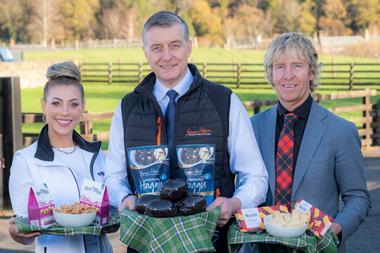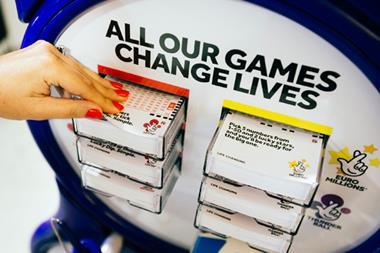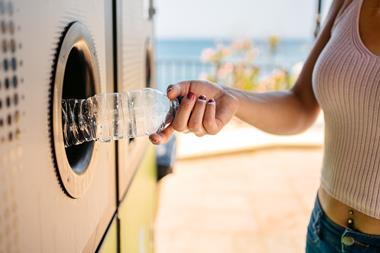There are plenty of measures that retailers, food and drink manufacturers and packaging suppliers can take to radically reduce the amount of packaging, according to Mark Shayler, MD of
eco-design company Eco3.
Reduce the weight by reducing the gauge, moving to lighter materials such as plastics, or removing unnecessary packaging. This will also reduce the amount of CO2 used in transportation. The downside is that light-weighting is less well suited to multiple trips, such as salad bags.
Replace glass and steel with sachets. Yes, they're plastic (and foil), but they're lightweight and thin gauge, at about 15g compared with 55g for your average thin-wall, ringpull container. That said, they are tougher to recycle because of the multiple materials used.
Segregate your waste. The widespread use of composite packaging systems and complex plastics means that segregation of plastics is, at worst, not possible and, at best, expensive. Switch to simpler materials and you'll reduce the cost of segregation.
Use more long-life packaging. There are loads of advantages to packaging that increases the life of the product. Because the packaging extends product freshness, it also reduces waste.
Change customer culture. Small changes in customer culture can bring about huge environmental benefits. Carrier bag dispenser
trials supported by WRAP have reduced the
number of bags used by customers by as much as 33% for large volume shops (ie those buying more than 35 items).
Introduce more biodegradable packaging. Advances in technology have dramatically improved the stability of the packaging. Drinks can now be sold in biodegradable plastic bottles which break down in landfill.
Remember, less is more. Vitamins and powdered sauces are notoriously over-packaged. There is no reason for this other than increasing the shelf impact of the product.
Introduce higher-tech sealing technology. A lot of packaging is thicker or larger than it needs to be to accommodate certain sealing mechanisms.














No comments yet